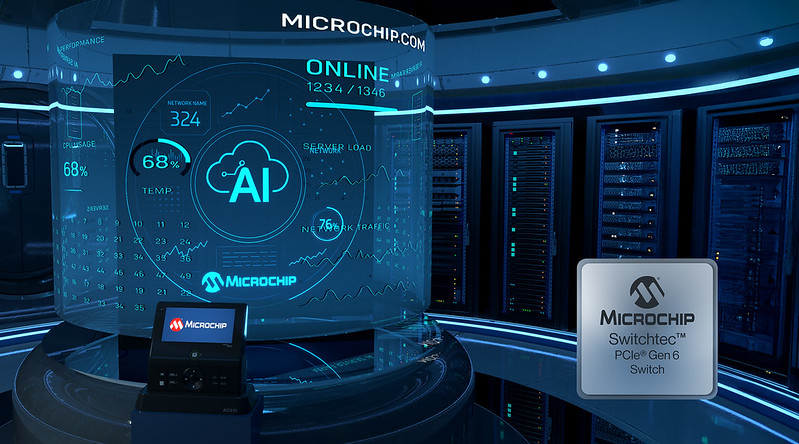DRESDEN, Germany, July 15, 2013 – Responding with a breakthrough approach to a major semiconductor customer request, DAS Environmental Expert GmbH of Dresden, Germany, developed and installed SALIX – the world’s first and only commercially available point-of-use system for removing waste gas pollutants in semiconductor wafer manufacturing wet bench applications – and, after six months of evaluation, today announced it is proven fully effective. DAS believes its unique approach of using a high-efficiency, small footprint point-of-use system that lowers abatement cost opens new markets for cost-effective treatment of single-wafer wet bench exhaust gases. DAS also announced it has added Technica, U.S.A. as a new local service partner to deliver faster response time for service and maintenance for U.S. customers. DAS Environmental Expert is a leading worldwide enterprise focused solely on waste abatement in semiconductor/ LED/PV/FPD manufacturing for clean air and clean water.
Dr. Guy Davies, director of the Waste Gas Abatement business unit at DAS Environmental Expert explained, “When a global foundry based in Taiwan came to us seeking a better solution to treat water-soluble exhaust gases from a wet bench application, we installed SALIX as a first-of-its-kind point-of-use system. It has been running there since January of this year and, after six months of operation, emissions measurements show zero harmful substances in the exhaust. One SALIX system per wet bench is all that’s needed, and just one pipe for the cleaned exhaust.
“We are pleased to provide SALIX for our customers as a fully effective point-of-use solution for harmful gas abatement. It offers a smaller footprint with no switching boxes needed, and is far more cost-effective and efficient than central scrubbers for treating processes that create water-soluble waste gases. We believe our proven SALIX solution, which is SEMI S2 international and German TA-Luft standards compliant, opens new markets for point-of-use scrubbers in the semiconductor, LED, PV and FPD industries. In fact, we have seen increasing interest in SALIX and already have received multiple inquiries from U.S. customers. In addition, we are using the evaluation results for further process-based optimization and have developed a custom fit bypass function that will enable production to continue with no interruption.
“We are also very pleased to welcome Technica as a new service partner. It is known for excellent collaboration and service, and adds value for our customers with its short response time for onsite support.”
Reduced Cost, More Efficient Abatement
The single-wafer cleaning process widely used for cleaning 300-millimeter wafers in wet benches distributes cleaning agents onto rapidly spinning single wafers and spins them off at the edge where baffle plates within the system collect the water, acidic and alkaline chemicals, and volatile solvents; the process for cleaning 200-millimeter wafers immerses the entire cassette. With up to 12 stations per wet bench and exhaust from each chamber requiring several exhaust systems, the breakthrough DAS approach using SALIX eliminates the need for elaborate space-filling change-over modules to avoid deposition in the pipes. It is far more cost-effective and efficient at preventing clogging than the extremely elaborate extraction systems commonly used to separate and extract the acids, alkalines and solvents in the exhausts; these require separate suction to prevent particle buildup and condensation within the pipes.
In contrast, SALIX removes the harmful substances from the gas stream directly at their point of origin using a two-stage scrubber process of chemical and physical absorption, and can treat up to 3600 m3/h of raw gas. Separate inlets feed the harmful gases from the wet bench process chambers into a SALIX pre-scrubber that pre-cleans the gas using spray nozzles. Next the waste gases pass into the first scrubber stage and then a second stage that uses a different scrubbing liquid. The remaining clean gas then can be released safely into the air without any danger to the technology or the environment. Because the SALIX system does not require any air dilution, the clean air remains in the clean room, further reducing cost.
For further information about the proven and available SALIX scrubber system or about Technica, please contact kuhne@das-europe.com, +49 351 40494 000.
About DAS Environmental Expert
Environmental technology company DAS is one of the world’s leading technology and system providers for process waste gas abatement solutions, and for process and system solutions to treat industrial and municipal waste water. International leaders in semiconductor, TFT- LED/OLED display and the electronics and photovoltaic industries, as well as towns and industries worldwide rely on DAS technology. Founded in 1991 and headquartered in Dresden, Germany with offices in Taiwan, China, Argentina, Vietnam, the U.S. and Hong Kong as well as partners in Malaysia, Singapore, and Korea, DAS Environmental Expert currently employs 230 people worldwide. For further information please visit: http://www.das-europe.com/contact/das-technologies-inc.html




